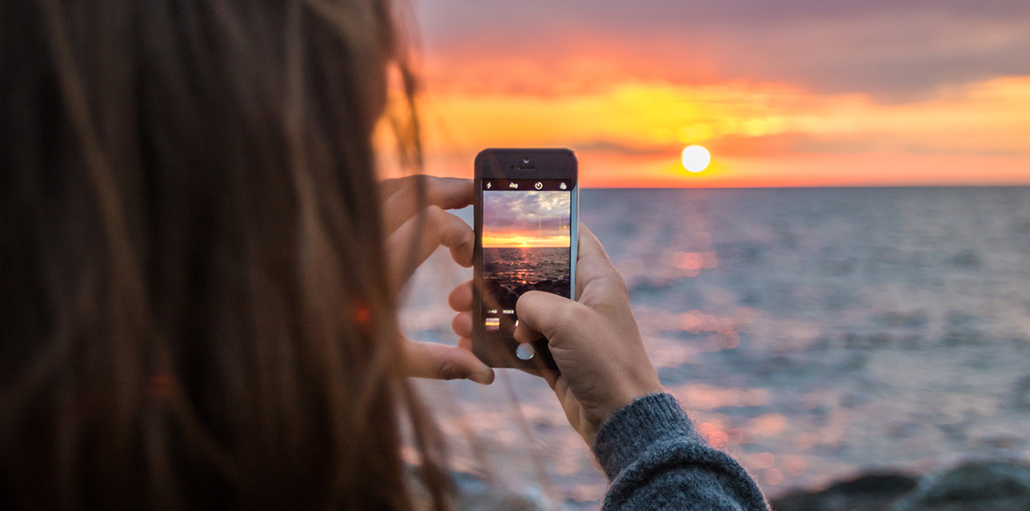Digital images come in many different formats and most commonly used are JPG and PNG. It can be hard to know which format to use for your website and what the differences are. Read on for more details about what JPG and PNG are – and why they are so adaptable.
What is a JPG?
JPG was developed by the Joint Photographic Experts Group (JPEG) in 1992. The group realised that there was a need to make large photographic files smaller, so that they could be more easily shared.
While the loss in quality is a little perceptive with JPEG’s 10:1 compression, the smaller size makes JPEGs suitable for web use because reducing the amount of data used for a photo is helpful for responsive presentation
JPG pictures aren’t the best choice for line drawings and other textual or iconic graphics because of the sharp contrasts between adjacent pixels. If you want to use an image of that type for your site, you should probably consider using lossless graphics formats.
Some quality is compromised when an image is converted to a JPG. The reason is because the compression is ‘lossy’, which means that certain, unnecessary information is permanently deleted. A JPG does however allow you to create a smaller file size than you could with a PNG.
What is a PNG?
PNG was created as an improved replacement for GIFs and has become the most common lossless image compression format online.
The PNG file format was designed specifically for transferring images onto the internet, rather than for print graphics and, as a result, does not support all types of colour spaces.
Oftentimes, a deciding factor for using a PNG file, is that, unlike a JPG, they support transparency. This allows you to have a transparent background around an irregular-shaped object and avoid a white (or other colored) box outlining your image. If you require transparency, you’ll definitely want to opt for a PNG.
JPG vs PNG
There is no right or wrong answer. JPG and PNG format each have their pros and cons but as described above, you need to play to the strengths of both which means being clear on your purpose when deciding what to use.
Put simply, our advice would be to use .jpeg for photographs, and .png for graphics and screenshots.
Final thoughts…
So why is it important to consider the format of your graphics? We think it is absolutely instrumental in promoting an image of professionalism and quality – and presenting your business and your products / services in the best possible light to existing and potential customers. Low quality imaging can be an instant turn off for users and may result in them hitting the back button immediately if they associate poor presentation with a poor quality business. You stand the best chance of converting new users into sales opportunities when potential buyers can clearly see what they’re looking at and can feel confident that the products or services they are buying are as close to reality as possible.
Still, confused? Speak to us at The Digital Studios for more information and advice.


